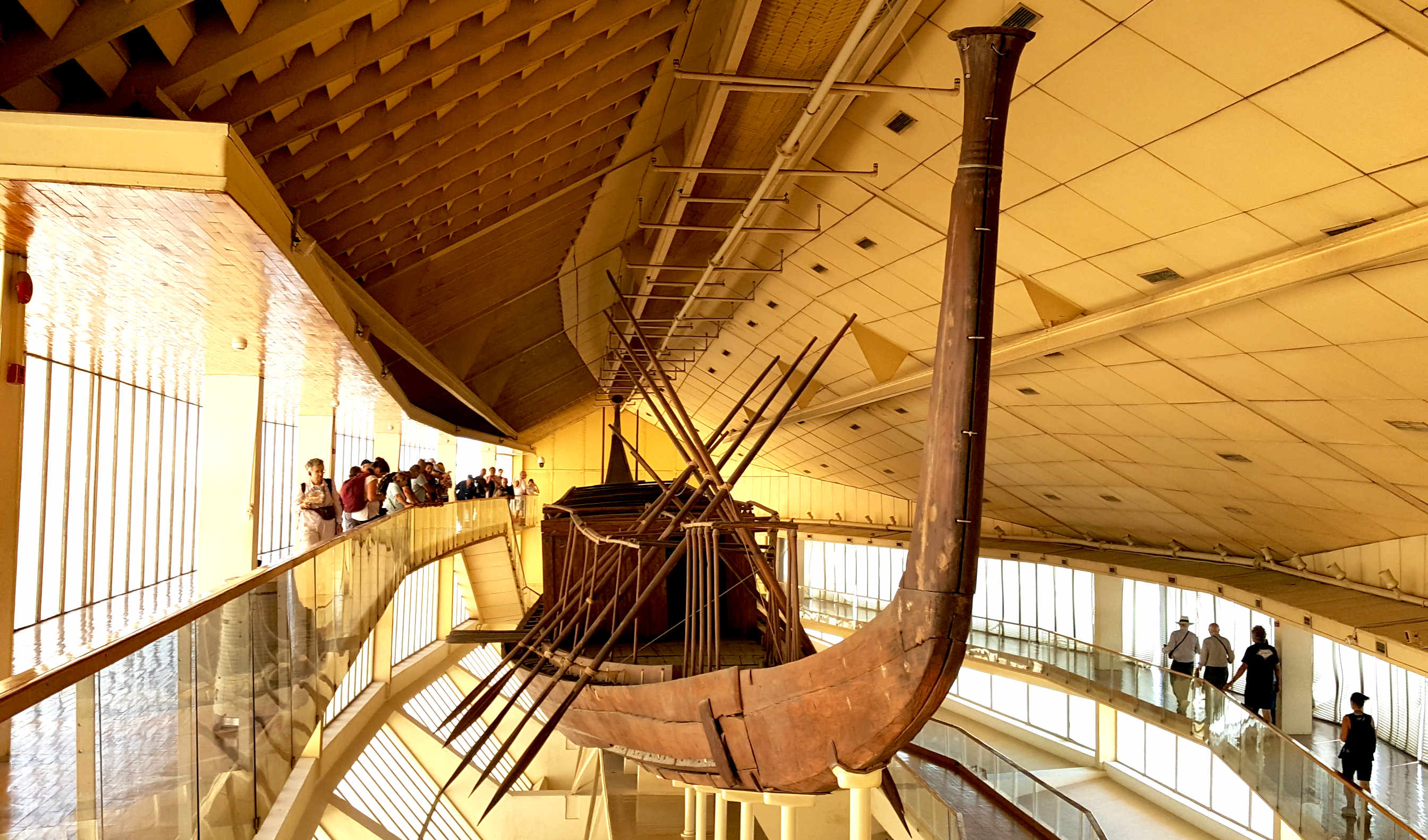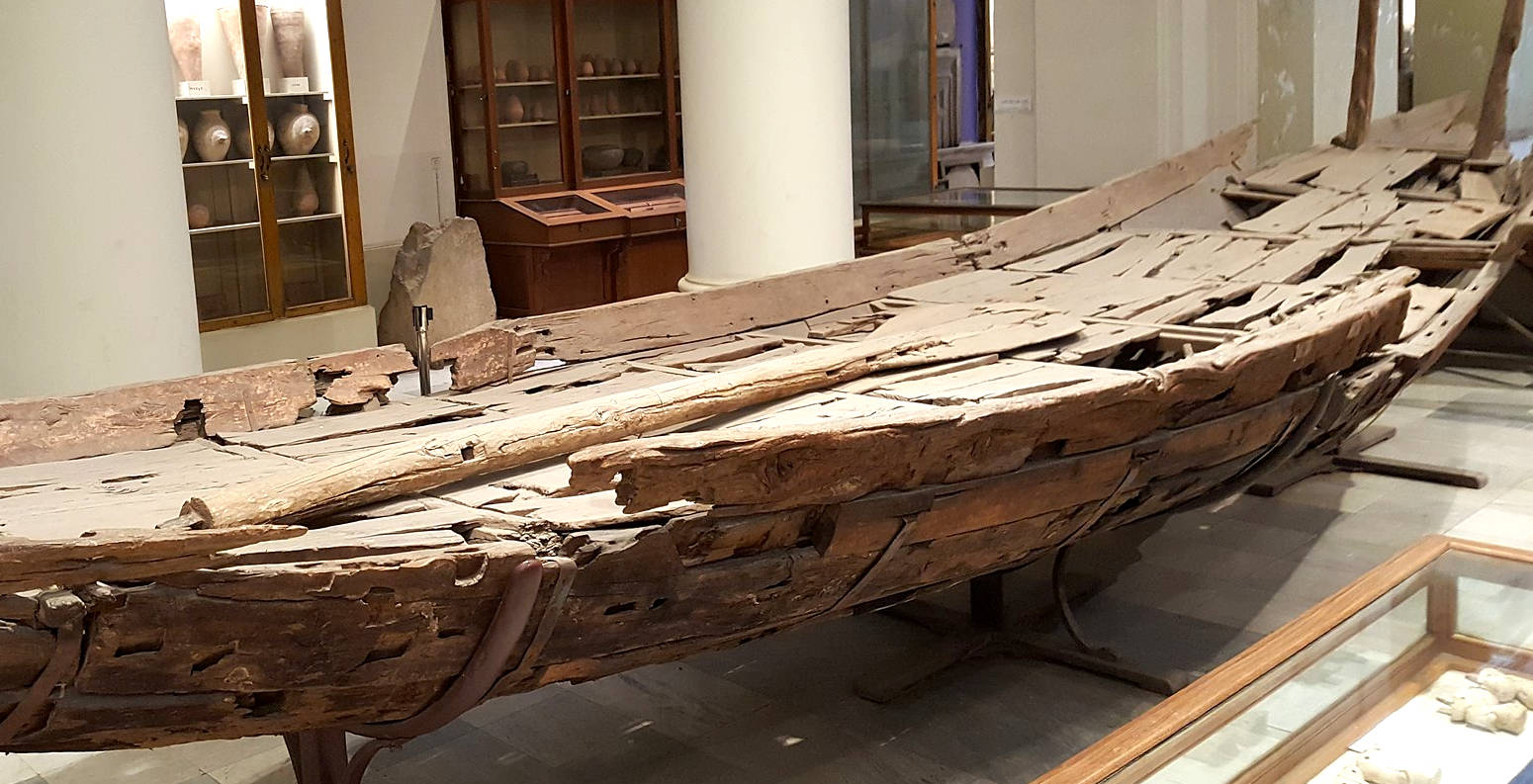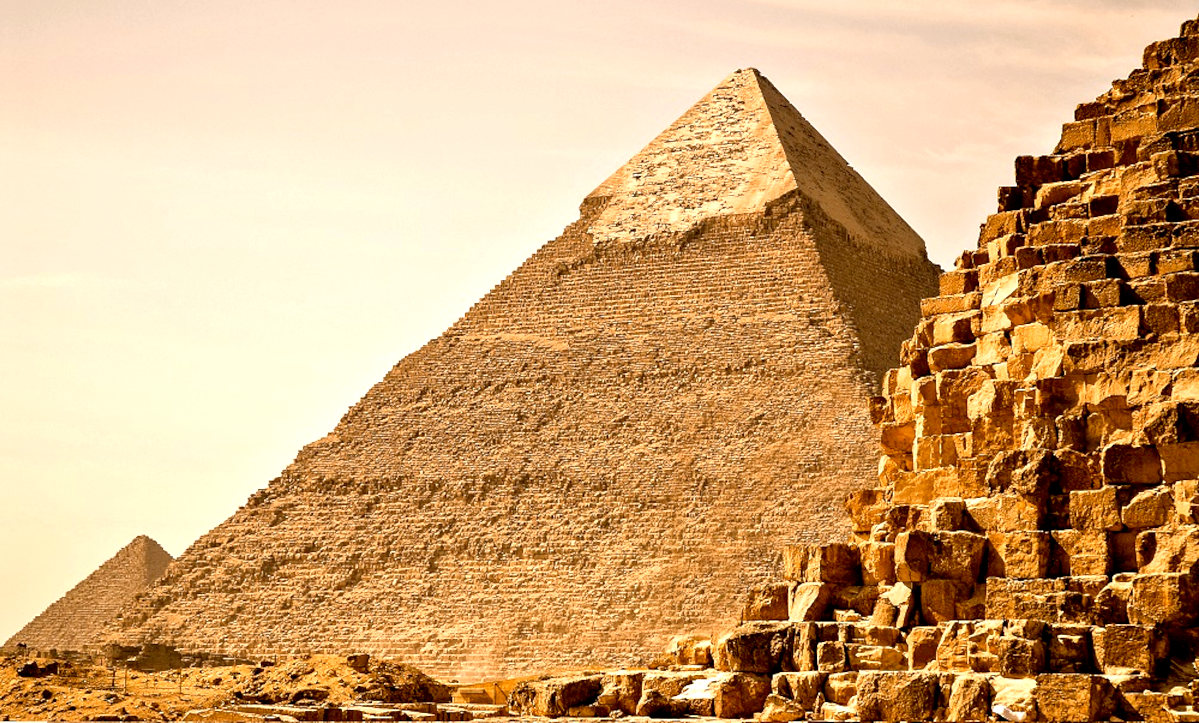
Thoth (also known as Djehuty) was a highly significant and complex deity in ancient Egyptian mythology, associated with a vast array of intellectual and cosmic domains.
Here's what we know about Thoth:
APPEARANCE AND SYMBOLS
- Thoth was primarily depicted as a human male with the head of an ibis, a long-billed aquatic bird native to the Nile region. The ibis was a sacred animal to him, and its long, curved beak was often associated with the moon.
- He was also sometimes represented as a baboon or a dog-headed ape, often seated with the crescent moon on his head.
- Common symbols associated with Thoth include writing implements like pens, styluses, reeds, scrolls, and papyrus, reflecting his role as a god of writing.
- He might be shown carrying the ankh (symbol of life) and a scepter (symbol of power). In the Book of the Dead, he often holds a writing palette and reed pen.
- His headdress could include a crescent moon, the Atef crown, or the crown of Upper and Lower Egypt.
ROLES AND RESPONSIBILITIES
- God of Wisdom and Knowledge: Thoth was considered the "Keeper of the Mysteries" and the "Excellent of Understanding." He was believed to be the source of all knowledge, both human and divine.
- Inventor of Writing and Languages: He was credited with inventing hieroglyphs and the art of writing, making him the patron god of scribes. Many scribes would pour out a drop of ink in his honor before beginning their work.
- Scribe and Recorder of the Gods: Thoth served as the scribe, interpreter, and adviser to the gods. He observed and wrote down everything that happened, reporting to Ra daily.
- God of the Moon and Time: Thoth was a moon god, associated with the moon's phases and its role in measuring time. He was credited with inventing the 365-day calendar, gaining five extra days by gambling with the moon god to allow Nut to give birth to her children (Osiris, Isis, Set, Nephthys, and Horus). He was known as the "Reckoner of Times and Seasons."
- Divine Judge and Enforcer of Ma'at: Thoth was a just and incorruptible judge, often mediating disputes among the gods (such as the conflict between Horus and Set). He was responsible for upholding and enforcing the laws of Ma'at (truth and cosmic order).
- Role in the Duat (Underworld): In the Hall of Two Truths, Thoth played a crucial role during the "weighing of the heart" ceremony. He stood beside the scales with Anubis, recording the verdict of the judgment, which determined whether the deceased was worthy of entering the afterlife. His home in the afterlife, the "Mansion of Thoth," was a safe place for souls to rest and receive magic spells for their journey.
- God of Magic and Medicine: Thoth was a great magician who knew "all that is hidden under the heavenly vault." He possessed magical knowledge that was instrumental in vitalizing the soul to bring the dead back to life in the underworld. He also assisted Isis in resurrecting Osiris and healed Horus's eye after it was wounded by Set. He was credited with authoring spells in texts like the
Book of the
Dead.
- Creator God (in some myths): Some myths suggest Thoth was self-created or born from the lips of Ra at the beginning of creation. He was linked with other creation deities, and in some traditions, he spoke the words that created the world, as conceived by Ra.
Thoth's vast responsibilities and association with knowledge, order, and magic made him one of the most revered and important deities in the ancient Egyptian pantheon.
GODS OF THE DUAT
The Duat was populated by a vast pantheon of gods and goddesses, each playing a role in the deceased's journey or in the daily cycle of cosmic regeneration. Key deities associated with the Duat include:
- Osiris: The undisputed ruler of the Duat and god of the afterlife, resurrection, and fertility. He was central to the judgment of the dead.
- Anubis: The jackal-headed god of mummification and the guide of souls through theat. He played a crucial role in the weighing of the heart ceremony.
- Thoth: The ibis-headed god of wisdom, writing, and magic. He often acted as a scribe during the judgment and provided magical protection.
- Horus: Often depicted as a falcon or a man with a falcon head, Horus was the son of Osiris and Isis. He avenged his father's death and was a symbol of kingship and divine protection.
- Isis: The great mother goddess, wife of Osiris, and mother of Horus. She was a powerful sorceress and protector of the dead.
- Ra: The sun god, who journeyed through the Duat each night, battling its dangers to be reborn each morning, symbolizing the cycle of death and rebirth that the deceased hoped to emulate.
- Sekhmet, Serqet, Neith, and Selket: Various protective goddesses who guarded specific gates or regions within the Duat.

The Amduat and the Book of the Dead are both crucial funerary texts from ancient Egypt, designed to guide the deceased through the perils of the afterlife and ensure their successful regeneration. While they share the ultimate goal of eternal existence, they differ in their focus, scope, and the nature of the "regeneration" they describe.
THE AMDUAT: THE JOURNEY OF THE SUN GOD AND ROYAL REGENERATION
The Amduat (literally, "That Which Is In the Afterworld" or "Book of the Hidden Chamber") is a highly structured and esoteric text, primarily found in royal tombs of the New Kingdom (like that of Thutmose III). Its main focus is the nocturnal journey of the sun god Ra through the 12 hours of the Duat (underworld).
- Symbolic Regeneration of Ra: The Amduat details Ra's daily cycle of death and rebirth. As the sun sets in the west, Ra is believed to "die" and descend into the underworld. Throughout the night, he navigates dangerous regions, battles chaotic forces (like the serpent Apep), and at the deepest point (around the 6th hour, midnight), he unites with the inert body of Osiris, the god of the dead. This union symbolizes the fusion of Ra's active, life-giving ba (soul/personality) with Osiris's inert khat (body) or ka (life force), allowing for the regeneration of the sun god. At the 12th hour, Ra emerges from the underworld in the east, reborn as the morning sun (often in the form of Khepri, the scarab beetle), ready to illuminate the world once more.
- Pharaoh's Parallel Journey: The Amduat served as a map and guide for the deceased pharaoh, who was believed to emulate Ra's journey. By understanding the topography of the Duat, the names of its inhabitants, and the spells to overcome obstacles, the pharaoh could successfully navigate this perilous path. The ultimate goal for the pharaoh was to unite with Ra and participate in this eternal cycle of rebirth, ensuring their own perpetual existence as a divine being.
- Focus on Cosmic Renewal: The Amduat is less about individual moral judgment and more about the cosmic renewal of the king and, by extension, the order of the universe. The king's successful passage through the Duat was essential for the continuation of creation itself.
THE BOOK OF THE DEAD: INDIVIDUAL GUIDANCE AND JUSTIFICATION
The Book of the Dead (the modern term for what the Egyptians called "The Book of Going Forth by Day") is a broader collection of spells, hymns, and prayers, much more diverse and less rigidly structured than the Amduat. It evolved over centuries and was widely used by non-royal elites and eventually even commoners, typically inscribed on papyrus scrolls placed in coffins or burial chambers.
- Practical Guide for the Deceased: Its primary purpose was to provide the deceased with the necessary knowledge, incantations, and protections to overcome the dangers of the Duat, identify benevolent deities, repel malevolent demons, and ultimately achieve a blessed afterlife.
- Emphasis on Moral Justification: A crucial aspect of the Book of the Dead is Spell 125, the "Negative Confession" and the "Weighing of the Heart" ceremony. This involved the deceased declaring their innocence of various sins before a tribunal of 42 gods and having their heart weighed against the feather of Ma'at. This moral judgment was central to an individual's justification and right to enter the afterlife.
- Regeneration into a Justified Spirit: For the individual, "regeneration" as described in the Book of the Dead typically meant being transformed into an akh – an effective, transfigured spirit that could "go forth by day" (hence the title). This akh would reside in the blissful Field of Reeds (Aaru), a perfect, idealized version of earthly life, where they would farm, feast, and enjoy eternal peace, free from suffering.
REGENERATIONS BACK INTO A PHYSICAL FORM ON EARTH?
This is a key point of distinction and a common misconception. Ancient Egyptian beliefs of regeneration generally did not involve the deceased coming back to life in their physical form on
Earth in the same way they lived before. The one exception to this rue, being Cleopatra, in invoking a curse on her enemies and praying for rebirth.
- Preservation of the Body (Mummification): The elaborate practice of mummification was crucial because the physical body (khat) was believed to be the necessary anchor for the ka (life force) and ba (soul/personality) to exist in the afterlife. The ba could travel out from the tomb, but it always needed to return to the preserved body.
- Transformation, Not Re-embodiment: The "regeneration" described in both the Amduat and the Book of the Dead was primarily a spiritual transformation and continuation of existence in a perfected, justified, and often semi-divine state.
* For the pharaoh (Amduat), it was a union with Ra and Osiris, becoming part of the eternal cosmic cycle.
* For the individual (Book of the Dead), it was becoming an akh, capable of moving freely between the tomb and the celestial realms, living in the Field of Reeds.
- No Return to Mortal Life: There is no strong evidence in ancient Egyptian funerary texts to suggest a belief in literal
reincarnation or a return to live as a mortal human on Earth again in a new physical body. The goal was to overcome death, not to repeat mortal life. The concept was about transcending mortality and entering an eternal, perfected state of being, though this state often retained elements of the deceased's former identity and activities within the blissful Field of Reeds.
In essence, the Amduat is a highly specialized, royal text about the sun god's journey and the king's assimilation into cosmic regeneration, while the Book of the Dead is a more generalized collection of spells for individuals to achieve justified eternal existence in the afterlife through moral purity and magical knowledge. Neither text speaks of a return to physical, mortal life on Earth.



